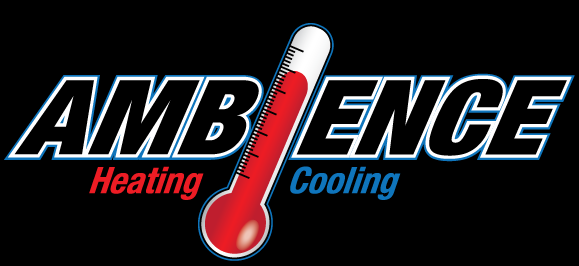
You might not think a lot about how your air conditioner functions, but it depends on refrigerant to keep your home cold. This refrigerant is subject to environmental rules, as it contains chemicals.
Subject to when your air conditioner was put in, it may need R-22, R-410A or R-32 refrigerant. We’ll go over the differences and which air conditioner refrigerants are being phased out in Wilmington, as well as how these phaseouts affect you.
What’s R-22 and Why Is It Phased Out?
If your air conditioner was added before 2010, it likely has Freon®. You can discover if your air conditioner contains it by contacting us at 302-239-HVAC (4822). You can also inspect the name plate on your air conditioner condenser, which is found outside your home. This sticker will have details on what kind of refrigerant your AC needs.
Freon, which is also called R-22, includes chlorine. Scientists consider Freon to be damaging to the earth’s ozone layer and one that results in global warming. The Environmental Protection Agency, which governs refrigerants in the United States, outlawed its production and import in January 2020.
I Have a R-22 Air Conditioner. Should I Replace It?
It depends. If your air conditioning is cooling correctly, you can continue to keep it. With routine air conditioner maintenance, you can expect your AC to work around 15–20 years. However, the Department of Energy says that substituting a 10-year-old air conditioner could save you 20–40% on yearly cooling bills!
If you don’t replace your air conditioner, it might lead to difficulties if you require air conditioning repair down the road, specifically for refrigerant. Repairs could be more expensive, since only reduced amounts of recycled and reclaimed R-22 is available.
With the end of R-22, most new air conditioners now rely on Puron®. Also called R-410A, this refrigerant was developed to keep the ozone layer strong. Because it calls for a varying pressure level, it doesn’t match air conditioners that need R-22 for cooling.
However, Puron still has the possibility to lead to global warming. As a consequence, it might also sometime be discontinued. Although it hasn’t been mandated yet for residential air conditioners, it’s anticipated sometime this decade.
What Refrigerant Will Take the Place of R-410A?
In preparation of the phaseout, some brands have started using R-32 in new air conditioners. This refrigerant rates low for global warming likelihood—about one-third less than R-410A. And it also lowers energy expenditure by around 10%, according to the Intergovernmental Panel on Climate Change’s Fourth Assessment Report. That’s savings that could be forwarded on to you through your utility bills.
Ambience HVAC, Inc. Can Provide Support with All Your Air Conditioning Needs
In summary, the changes to air conditioner refrigerant probably won’t affect you greatly until you need repairs. But as we went over beforehand, repairs connected to refrigerant can be more costly due to the low amounts that are accessible.
Aside from that, your air conditioner often malfunctions at the worst time, typically on the muggiest day when we’re experiencing a lot of other requests for AC repair.
If your air conditioner relies on a phased out refrigerant or is getting old, we suggest installing an up-to-date, energy-efficient air conditioner. This delivers a stress-free summer and could even reduce your cooling expenses, especially if you select an ENERGY STAR®-rated model. Plus, Ambience HVAC, Inc. offers many financing programs to make your new air conditioner work with your budget. Contact us at 302-239-HVAC (4822) to start right away with a free estimate.
